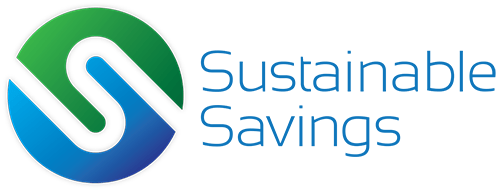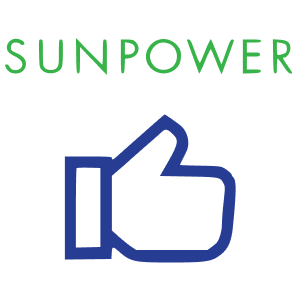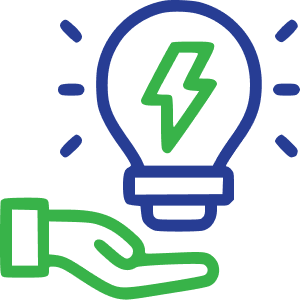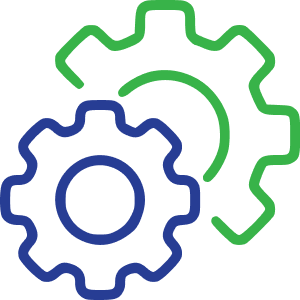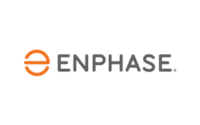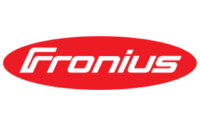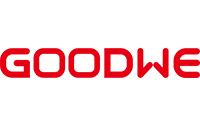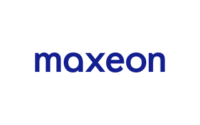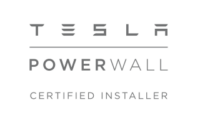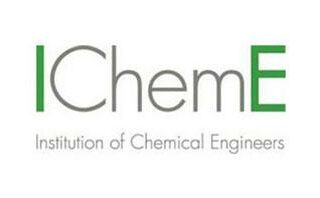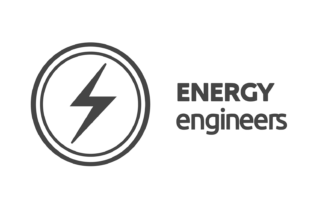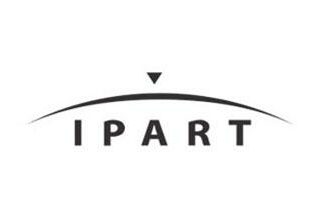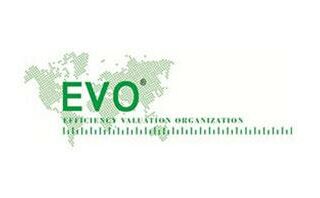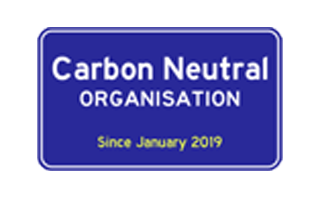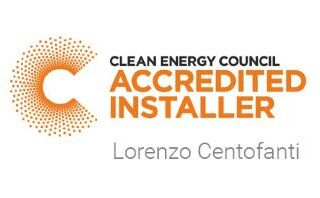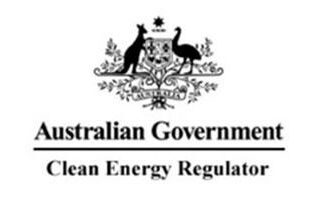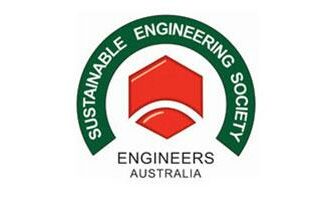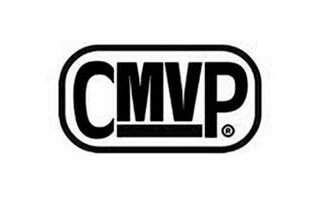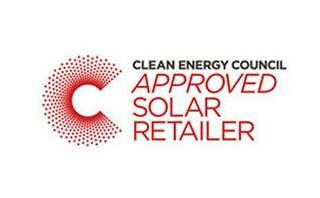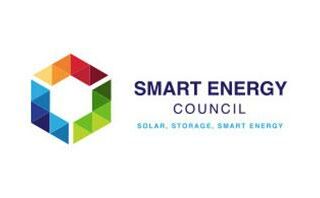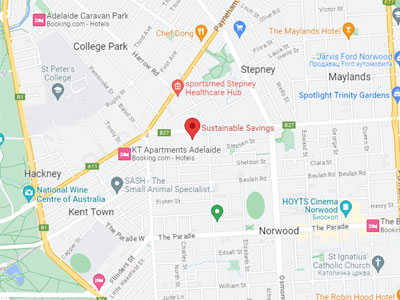Trusted by
Advanced Commercial Solar Inverters
Maximise your solar energy with cutting-edge commercial solar inverters in South Australia.
The efficiency of your solar system relies on its ability to convert sunlight into reliable, efficient power while reducing operational costs.
At Sustainable Savings, our advanced inverters offer seamless integration, monitoring, and optimized energy output, ensuring your business runs smoothly. You can trust in our expertise to design and install systems tailored to your needs, backed by years of industry experience.
It’s time to experience the benefits of sustainable energy with lower utility bills and reduced carbon footprint and power up your business with the full potential of solar.
Contact us today on (08) 7120 6366 for the best commercial solar inverter solutions in South Australia and take a step towards a brighter, greener future.
What Are The Best Types Of Commercial Solar Inverters?
The best types of commercial solar inverters in South Australia vary based on specific business needs and requirements. Generally, there are three main types:
#1 – String Inverters: Ideal for smaller commercial installations, these inverters connect multiple solar panels in series (strings) and convert DC power to AC power. They’re cost-effective but can be affected by shading or panel mismatch.
#2 – Central Inverters: Suited for larger installations, they centralise power conversion from multiple panels. They’re efficient and offer good performance, but a single point of failure could affect the whole system.
#3 – Microinverters: These inverters attach to individual panels, optimising power output and allowing for better performance in shading conditions. They’re a great option for installations with varying panel orientations.
Ultimately, the best choice depends on factors like system size, shading, budget, and maintenance preferences. Consulting a member of the Sustainable Savings team for more custom advice and support.
What Factors Affect Commercial Solar Inverter Cost?
The cost of an average commercial solar inverter can vary widely based on several factors, including the type and capacity of the inverter, the size of the solar system, the complexity of the installation, and any additional features or services.
Reach out on (08) 7120 6366 for a custom quote tailored to your needs.
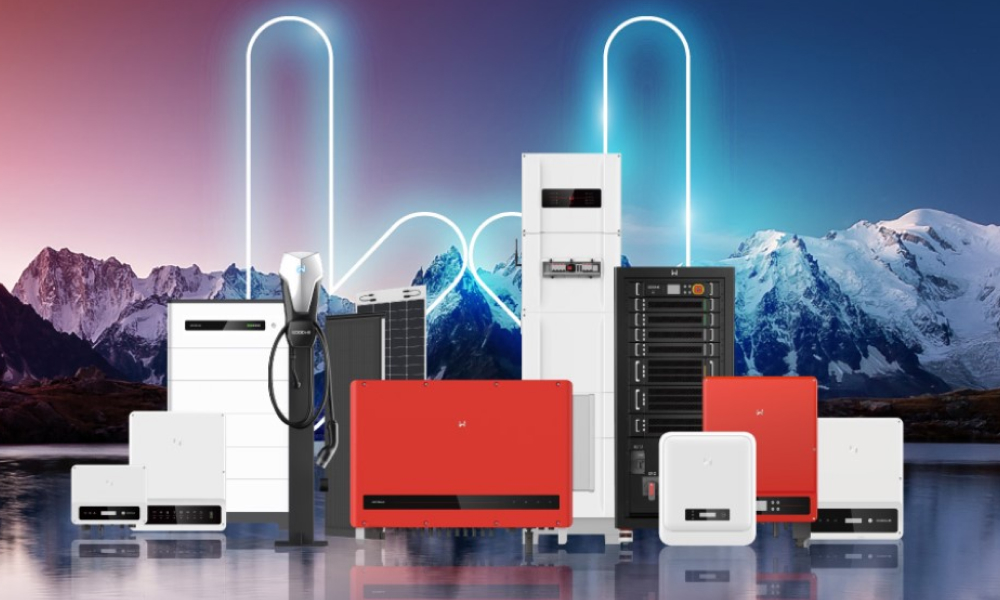
Commercial Solar Inverter Benefits
Energy Cost Savings: Commercial solar inverters enable your business to harness solar energy, significantly reducing electricity bills and operational costs over time.
Environmental Impact: By using solar power, your business can lower its carbon footprint and contribute to a more sustainable future, aligning with environmental goals and regulations.
Increased Property Value: A solar-equipped commercial property can be more attractive to tenants, buyers, and investors, potentially enhancing property value.
Tax Incentives and Rebates: Many regions offer incentives, tax credits, or rebates for adopting solar technology, providing financial advantages for businesses.
Energy Independence: Solar power decreases reliance on grid electricity, offering a degree of energy security during outages or disruptions.
Low Maintenance: Quality inverters require minimal maintenance, reducing ongoing operational costs and hassle.
Long-Term Investment: A well-designed solar system with reliable inverters can provide a solid return on investment over the system’s lifespan.
Positive Brand Image: Demonstrating commitment to sustainability and responsible business practices can enhance a company’s reputation and appeal to environmentally conscious customers.
Hedging Against Energy Price Increases: Solar power helps protect against future electricity price hikes, providing stability to budget planning.
Remote Monitoring: Many modern commercial inverters offer remote monitoring capabilities, allowing businesses to track energy production and system performance in real time.
What Is The Installation Process For Commercial Solar Inverters?
The installation process for commercial solar inverters in South Australia generally involves several steps:
Step One: Site Assessment – Solar professionals assess your commercial property to determine its solar potential, taking into account factors like roof orientation, shading, and available space.
Step Two: Design and Planning – Based on the assessment, a solar system design is created, including the optimal placement of solar panels, inverter(s), wiring, and other components. Necessary permits and approvals are also obtained.
Step Three: Component Procurement – High-quality solar panels and inverters are sourced based on the system design and your specific requirements.
Step Four: Installation of Panels – Solar panels are securely mounted on the designated areas of your roof or on ground-mounted structures, using appropriate mounting systems.
Step Five: Inverter Installation – Commercial solar inverters are installed in a suitable location, often close to the main electrical panel, to efficiently convert DC power generated by the panels into usable AC power.
Step Six: Wiring and Connections – Wiring and cabling are carefully installed to connect the solar panels, inverters, and other system components. Safety protocols and electrical codes are followed.
Step Seven: Electrical Work – Electricians integrate the solar system into your building’s electrical system, ensuring proper connections and safety measures.
Step Eight: Testing and Commissioning – The entire solar system is thoroughly tested to verify its performance and safety. This includes checking the connections, voltage levels, and ensuring all components work together seamlessly.
Step Nine: Monitoring Setup – If applicable, monitoring systems are set up to track energy production and system performance in real-time.
Step Ten: Final Inspections – Relevant authorities may conduct inspections to ensure the installation meets safety and quality standards.
Step Eleven: Documentation and Handover – All necessary documentation, including warranties, permits, and user manuals, is provided. The system is handed over to you, and any necessary training is provided.
Step Twelve: Ongoing Maintenance – While commercial solar systems generally require minimal maintenance, periodic checks and cleaning might be necessary to ensure optimal performance.
